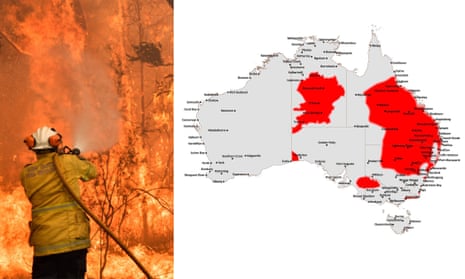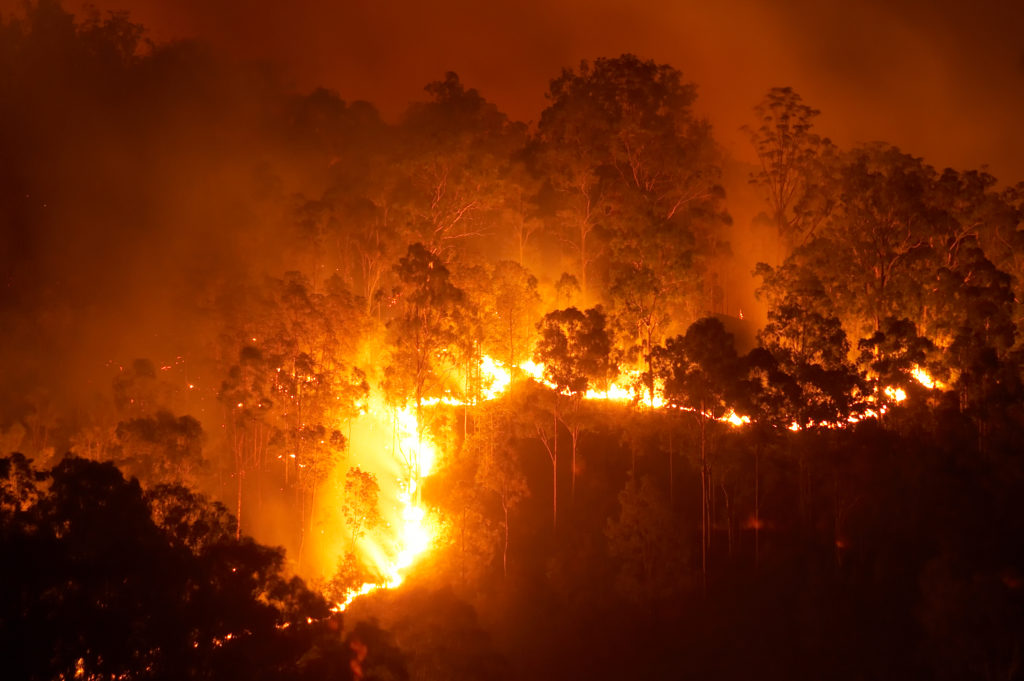Guarding Your Home: The Critical Role of a BAL Report in Bushfire Readiness
Guarding Your Home: The Critical Role of a BAL Report in Bushfire Readiness
Blog Article
Navigating Bush Fire Protection Regulations With BAL Report
In the realm of residential or commercial property advancement and homeownership, browsing bush fire security laws is critical for ensuring the safety and security and compliance of structures in high-risk areas. Central to this endeavor is the Bushfire Assault Level (BAL) report, a critical file that examines the possible direct exposure of a building to bushfire. Understanding how to apply the info and translate included within a BAL record can substantially affect the design, building, and upkeep of structures. By delving into the complexities of BAL assessments and their effects for constructing compliance, stakeholders can proactively take care of bush fire dangers and safeguard properties against prospective dangers.
Comprehending Shrub Fire Security Regulations
To successfully navigate the complexities of bush fire security guidelines, it is vital to have a clear understanding of the controling guidelines and demands in position. Bush fire protection laws are important for protecting homes and lives in areas vulnerable to bushfires. These policies develop the standards and methods that homeowner should abide by in order to minimize the dangers connected with bushfires.

Value of BAL Analyses
Understanding the significance of BAL assessments is essential in guaranteeing conformity with bush fire defense guidelines and efficiently alleviating the risks connected with bushfires. BAL evaluations, which establish the Bushfire Attack Degree of a residential or commercial property, are vital for designing proper bush fire protection actions tailored to the specific danger profile of the site. By examining elements such as vegetation type, range to potential fire threats, and incline of the land, BAL analyses provide beneficial understandings right into the level of danger a building deals with throughout a bushfire event.

Ramifications for Building Compliance
Navigating with structure conformity demands in accordance with BAL assessments is vital for making sure frameworks are adequately fortified against the risks postured by bushfires. Structure conformity refers to adhering to the policies and requirements stated to enhance the security and strength of structures in bushfire-prone locations. The implications of building compliance in connection with BAL assessments are considerable. Frameworks that fall short to fulfill the essential compliance criteria go to a greater threat of sustaining damage or destruction during a bushfire event. This not only jeopardizes the passengers but additionally postures a threat to the surrounding environment.
Making certain structure conformity includes cautious planning, building, and maintenance to alleviate the possible effect of bushfires. It calls for a detailed understanding of the BAL ranking appointed to the residential or commercial property and executing the suitable steps to enhance its fire security abilities.
Handling Shrub Fire Threats Properly
Provided the critical value of structure compliance in strengthening frameworks versus bushfire dangers, properly managing these threats calls for a thorough approach that prioritizes positive reduction approaches. Clearing up flammable plant life, creating defensible areas, and guaranteeing appropriate upkeep can significantly reduce the risk of fire spreading to the property. By combining these proactive steps, home owners can efficiently take care of bushfire threats and raise the safety and security of their residents and structures.
Practical Tips for Homeowners and Developers
Effectively taking care of bushfire dangers as a property owner or programmer requires applying this useful reduction methods customized to the home's details vulnerabilities and environments. Making certain that walls, roofings, and home windows are built or upgraded to satisfy appropriate bushfire security requirements is vital.
Furthermore, creating an emergency plan and exercising discharge drills with family members, employees, or tenants can save lives in the occasion of a bushfire. Remaining educated regarding local fire danger rankings, climate conditions, and emergency notifies is likewise crucial for making timely decisions to protect life and building. Engaging with neighborhood fire authorities, community teams, and experts experienced in bushfire monitoring can offer beneficial assistance and assistance in creating extensive bushfire security approaches.
Conclusion
Finally, navigating bush fire security laws with a BAL record is vital for ensuring building conformity and taking care of bush fire threats effectively. Understanding the significance of BAL evaluations and adhering to sensible tips can help programmers and home owners mitigate the effect of bush fires. By sticking to these laws and taking required safety measures, people can create safer atmospheres for themselves and their communities.
Secret parts of bush fire protection policies include my company the Bushfire Assault Degree (BAL) analysis, which identifies the degree of threat a residential property encounters from bushfires. BAL evaluations, which figure out linked here the Bushfire Strike Level of a property, are important for making proper bush fire protection procedures tailored to the particular danger profile of the website. By examining variables such as plants kind, range to possible fire threats, and slope of the land, BAL assessments supply important understandings right into the degree of risk a building faces during a bushfire event.

In conclusion, navigating bush fire security guidelines with a BAL report is critical for ensuring building compliance and handling bush fire threats efficiently.
Report this page